

Hey people! Welcome back to my page. How are you all? I am good and expect the same from you. So today I came up with a new topic, which is most of you are familiar with. It's nothing but, Our Solar System. So thinking what's new? Here, I am going to add few facts. Let's get into the topic….
Before knowing the facts, let me start with a small introduction.
The universe is everything that exists, from the smallest particle on Earth to the vast galaxies of deep space. There are many number of galaxies in our universe. Our Solar System is present in Milky-way Galaxy. In our Solar System, the planets revolve around the Sun, and Moons revolving around the planets.
Hurtling around the Sun are eight planets. Besides eight planets, there are five more dwarf planets, in which Pluto is one among them. Those closest to the Sun- Mercury, Venus, Earth(Our Home Planet) and Mars are made of rock. While the vast outer planets- Jupiter, Saturn, Uranus & Neptune are called “Gas Planets” because all we see of them is their gases. The planets revolve around the in same direction but the time, taken for one orbit increases with distance i.e., Mercury takes just 88 earth days for one orbit while Neptune takes longer journey of 164.8 earth years.
a) MERCURY : Smallest & closest to the Sun and first planet of our Solar System. It is a dry ball of rock, covered by millions of impact craters. It has the widest temperature range of any planet, during the day it is baking hot but at night it's freezing cold.
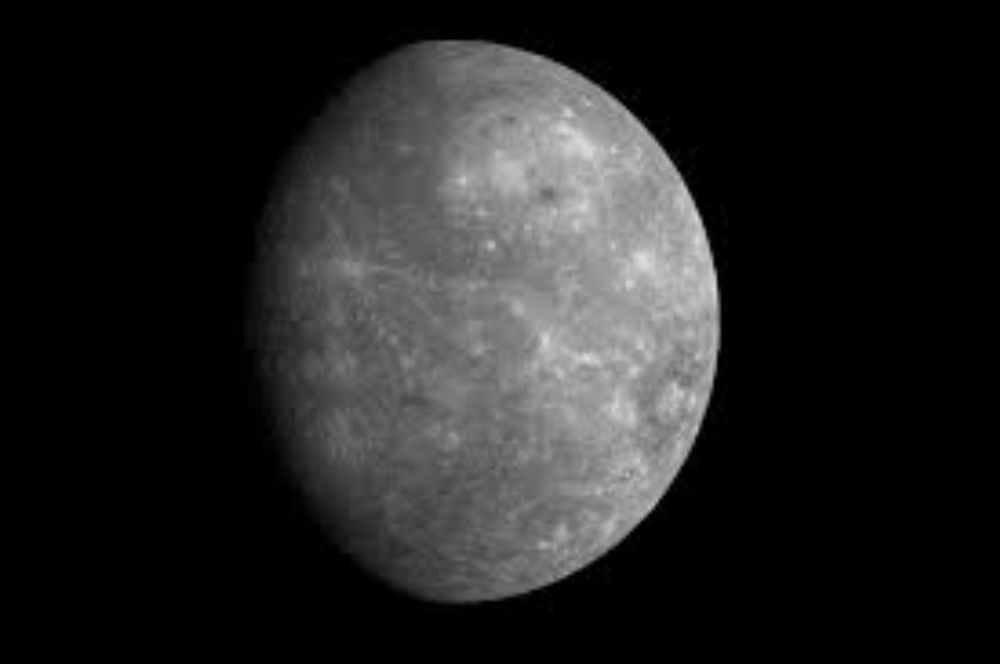
b) VENUS : Second from the sun, Venus is the hottest planet. This rock world is permanently covered by thick cloud that traps heat and makes it a gloomy planet.
*Only Mercury and Venus are Moonless *
c) EARTH : The only place known to have life is “Earth”, the largest of the rocky planets and third from the Sun. It is also the only planet with liquid water. Water makes up to 71% of earth's surface and 29% consists of continents and islands. Earth has one moon, which is called Earth's only natural satellite.
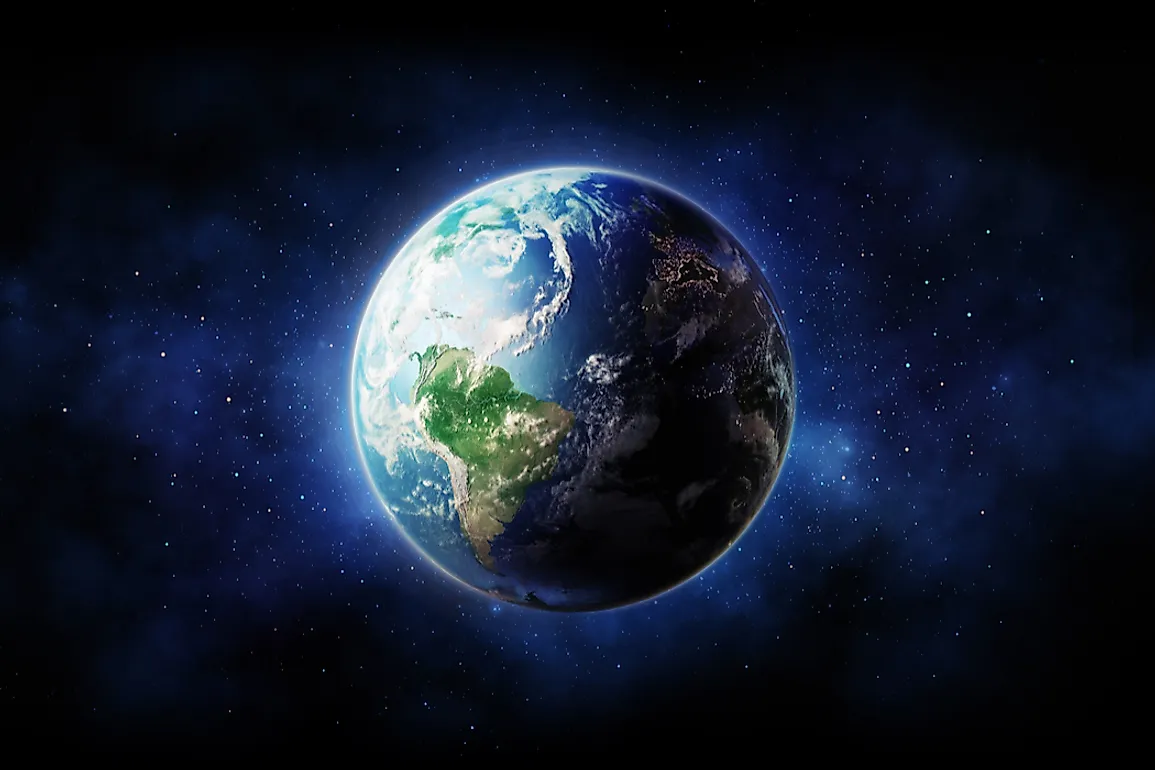
d) MARS : Sometimes called the “red planet”, Mars is the outermost of the rocky planets and a cold, dry world. It has polar icecaps, giant volcanos, frozen desert and deep canyons. Mars has also two small moons, which are irregular in shape, formed as a result of giant impact on red planet, named Phobos and Deimos.
e) JUPITER : The Largest and most massive planet, Jupiter is also the fastest spinner, rotating once on it's own axis in less than 10 hours. This giant world is mainly made of ‘hydrogen and helium’, with a central rocky core. A thin faint ring encircles Jupiter, which also has a large family of moons. Jupiter has 79 moons, in which 53 are named and another 26 are awaiting for official names.
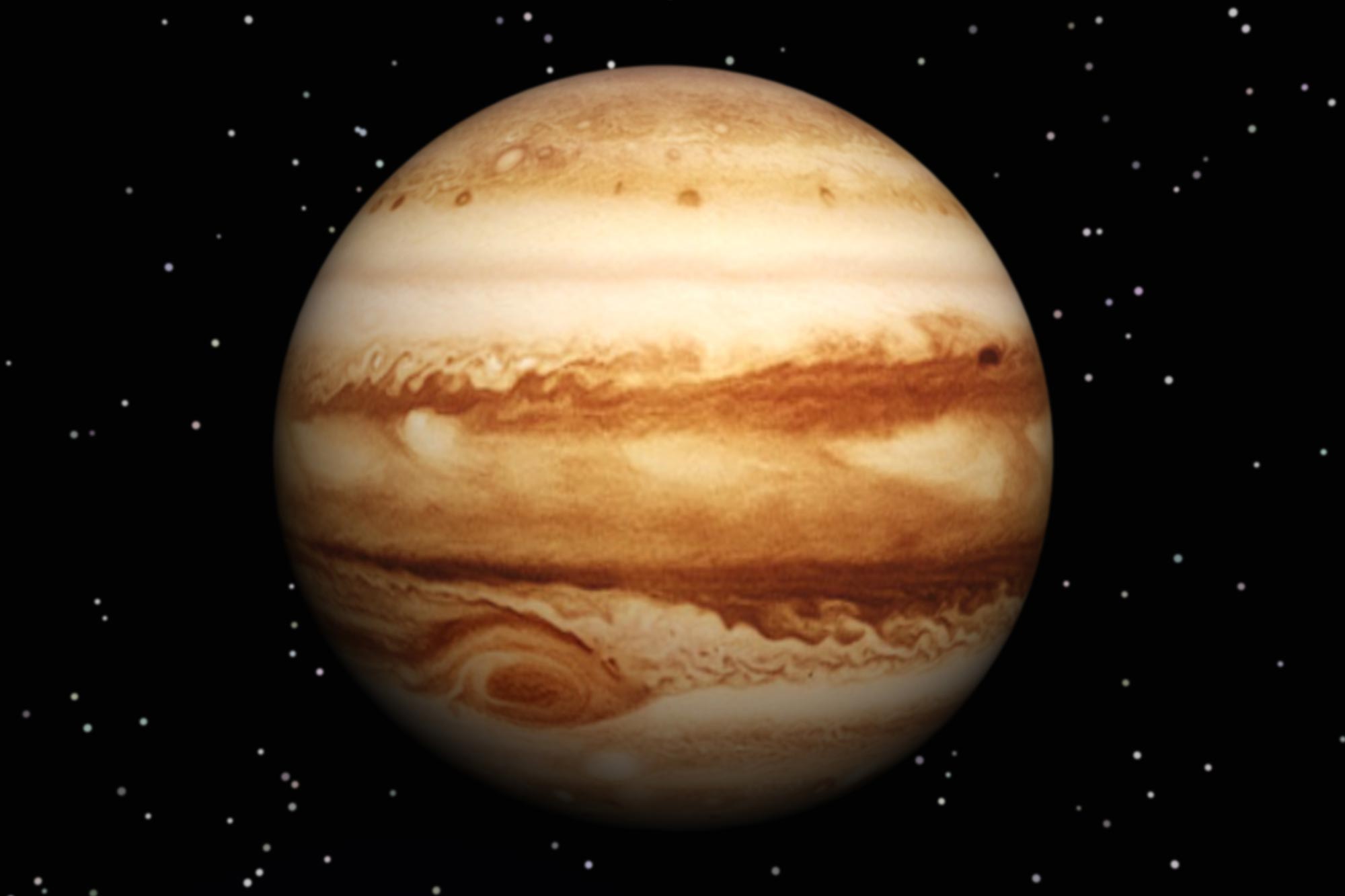
f) SATURN : Sixth planet from the Sun and second largest, is pale-yellow Saturn. It's distinctive feature is it's ring system, which is made of billions of pieces of dirty water ice. Saturn is mainly ‘hydrogen and helium’ with a rocky core. It also has a large family of moons, 62 initially but in recent studies 20 more moon were discovered making “82 moons” in total (present), Surpassing Jupiter.
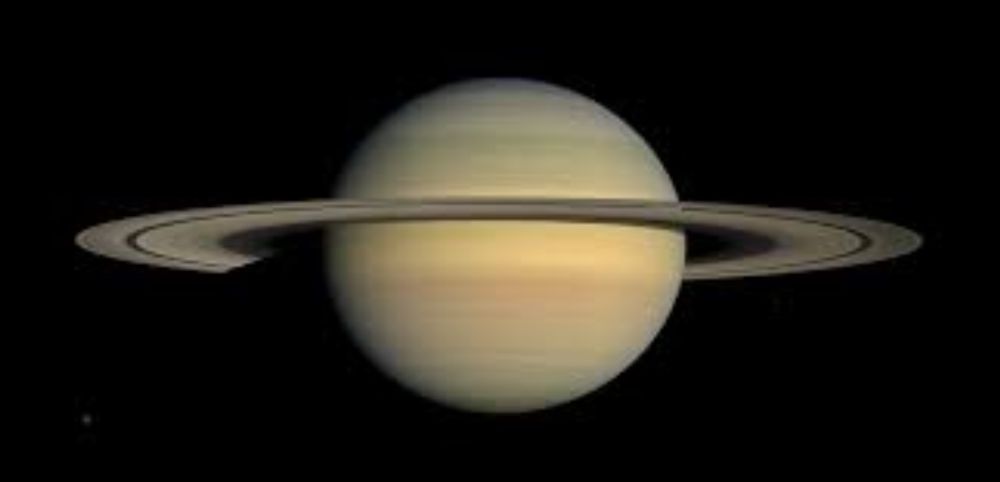
g) URANUS : Nineteen times the distance of Earth from the Sun, Uranus is a cold, turquoise world bounded by a layer of haze. A sparse ring system encircles the planet's equator. Uranus is tilted on it's side, so that it's rings and moons seem to orbit it from top to bottom. Uranus has 27 unknown moons.

h) NEPTUNE : Neptune is the most distant, coldest and windiest of all eight planets. Like Uranus, it is made mainly of water-, methane-, and ammonia ices with an atmosphere of hydrogen rich gas. It is encircled by a thin ring system and has a family of moons. It has 14 moons.
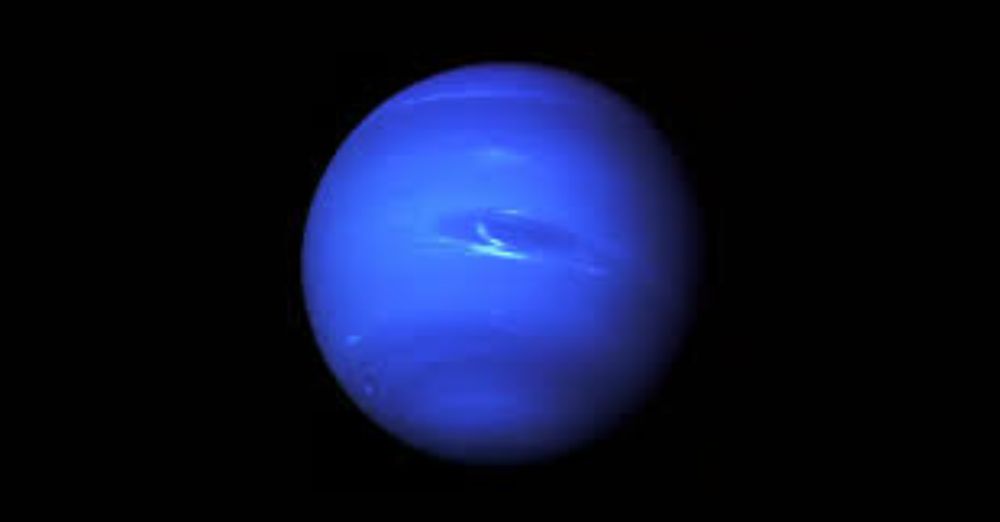
i) DWARF PLANETS : The Solar System has five known dwarf planets, small, roundish objects that orbit the Sun amongst other objects.
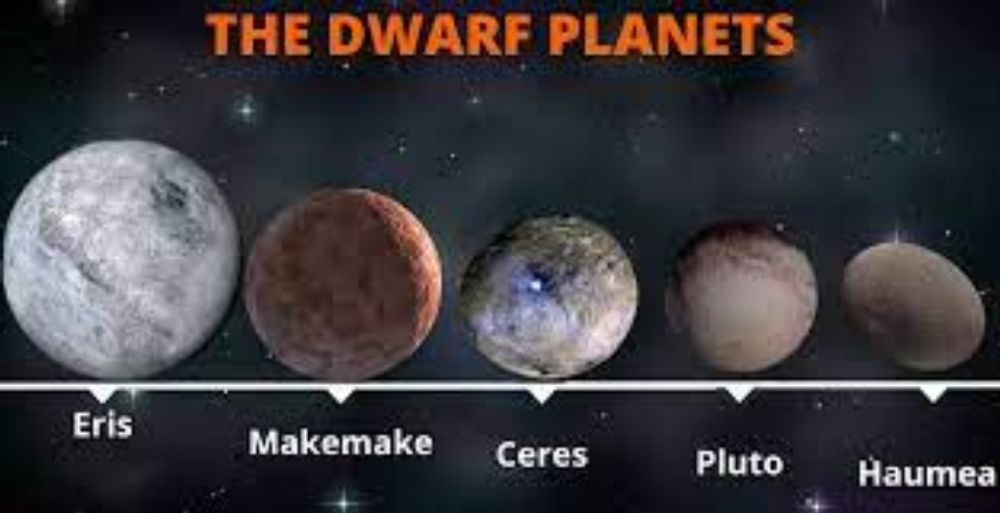
How beautiful and fantastic is our universe right?.
“The universe” is a vast topic, so will be trying to write more blogs about it. As today I discussed about the planets in brief, my next blog will be about the Moons. So stay tuned!. Do like and follow. That's it for today guys. I believe you guys find this informational and useful.










